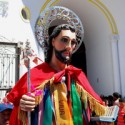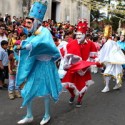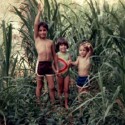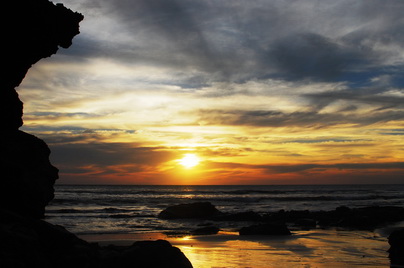Ir a traducción en Español
Author: Dr. Armando Luna Silva
Photography by: Jimmy Mendieta
Translation by: Claudia Vallejos/Jeffrey Mendieta
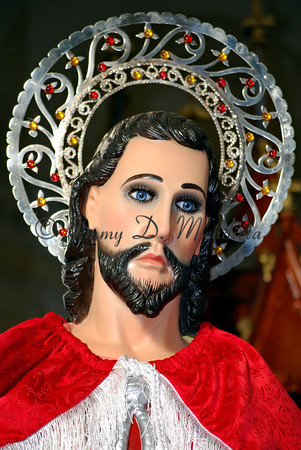
Copyright 2012 Jimmy Mendieta. All rights reserved.“This is the image of Santiago that by the streets of the Jinotepen July strolls its wondering gaze of marine horizon, searching in the neighborhood’s and street corners what he there did not lose: a green bell of algae, like born from the sea, with a twang like a marimba that only knows how to cry. It’s a prodigious image of strength and tenderness; its face is the loneliness, the space, the distance, it’s the prow that survives in the clarity of the waters”. Dr. Armando Luna Silva
Amidst the Nicaraguan land, Jinotepe rises. This noble city is a bundle of friendship and cleanliness. Against its skyline, the towers of the Parish Church rise like a Titan’s arms that guard the image of the Apostle Santiago, Patron Saint of the city. Friar Pedro Agustín Morel de Santa Cruz visited Jinotepe in 1751. In his visit report he describes the people and its Church, and while addressing the people he says: “Santiago is entrusted to you”.
At the start of the century, the good people of the town of Jinotepe felt a nocturnal passion for the stories of apparitions, hauntings and penitent souls. Its dusk was frightful. Lax and unhurried. The shadows came slowly and it was then when ghosts would gain added mobility. In the closed nights of never ending rain, when the ghosts invaded the crevices of the town and the superstitious lighting traversed through the street, the elderly maid of the home would gather the children near the fire burning stove to tell them terrifying tales. And before the astonished gaze of the children and their suspense filled breaths paraded “la carretanagua”, “la cegua”, “la lutuda”, “el cadejo”,…
Continue reading →

